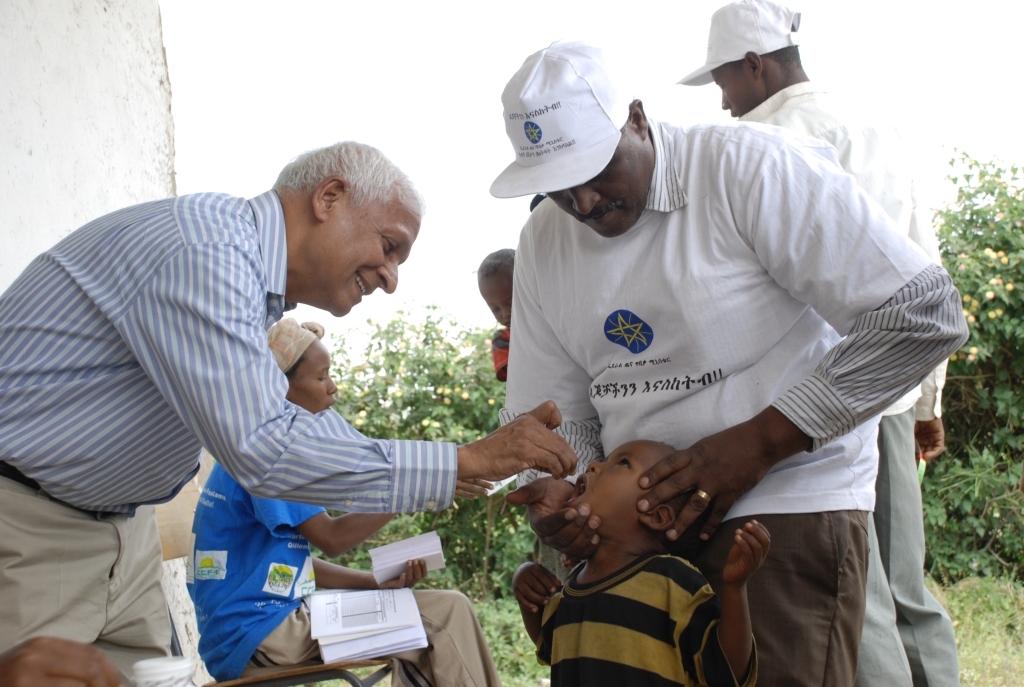
Why I Decided to Get the Flu Vaccine for Myself and my Children
New flu vaccine options for children and those afraid of needles
It’s time again for the familiar “Get the shot, not the flu” campaign. It comes every October and we are reminded into the spring that it still isn’t too late to get the flu vaccine for those who haven’t taken advantage of the free campaign.
I regularly get the flu shot and I vaccinate my children too. But every so often, I question these decisions, particularly when I come across words that are new to me, like “live attenuated vaccine” or a new vaccine delivery type, such as nasal mist instead of the usual needle. This happened to me this week while deciding whether to get the annual flu shot or not.
Vaccination decisions are a touchy subject for many people. In Canada, our seasonal influenza vaccine is typically delivered in an inactivated, or dead, trivalent form, which includes the three flu strains that scientists believe will be in highest circulation this flu season. It is known as the inactivated seasonal influenza vaccine and is most commonly administered by needle.
But what most people may be less familiar with is that Canada also offers a nasal mist vaccine that contains a live attenuated set of the strains of viruses believed to be circulating this flu season. “Live attenuated” viruses are a weakened form of a live virus. However, even though the virus is live, it doesn’t give you the flu because of its weakened state.
So what kind of vaccine is best? Well, that depends.
There are important differences to note. First, a nasal mist vaccine involves inhaling the vaccine through the nose instead of receiving a needle injection in the muscles of your upper arm. For people who are afraid of needles (including many children), this might be a preferred option.
Secondly, this “new” vaccine option is actually not so new after all. The nasal vaccine has only been available in Canada since 2010, but it has been available in the United States for over 10 years which means that the data detailing its safety and effectiveness is based on a longer timeframe and at a population level. In fact, groups of scientific experts in Canada and the United States argue that there is growing evidence that the nasal mist live attenuated vaccine might be even more protective in children than the traditional needle.
The National Advisory Committee on Immunizations, which advises the Public Health Agency of Canada, has recommended the live attenuated influenza vaccine since 2011 for healthy children between two and 17 years of age. In the United States, the Centers for Disease Control recommend that healthy children aged two to eight years get the nasal spray flu vaccine. Healthy is defined as children who do not have underlying medical conditions that would put them at higher risk from influenza complications.
Evidence suggests that the live attenuated vaccine is better for kids and the inactivated vaccine is better for adults. But public health professionals recommend that either vaccine is good for both kids and adults if the choice is not available to you.
What about associated harms and risks?
With a needle injection, the common list of side effects include a sore arm, mild fever and achiness – common, harmless reactions. With a nasal mist, the common list of side effects is longer: a runny nose, headache, sore throat and cough (in both adults and children), with wheezing and occasionally vomiting, fever and muscle aches (reported in children only).
Nonetheless, the bottom line: the benefits of seasonal flu immunization outweigh the harms. But no vaccine decision is completely risk-free.
A live attenuated vaccine isn’t recommended for everyone, for example. Your provincial health department website as well as any flu clinics will have detailed information about who should not receive the live attenuated vaccine which typically includes people with wheezing or asthma episodes (within last 12 months), those on aspirin therapy, people with egg allergies, pregnant women, people with compromised immune systems, those who have had allergic reaction to allergies in the past, and those who fall outside the age range.
In the end, the decision to get a vaccine is up to the individual. An adult needs to decide if getting the vaccine is worth the effort relative to the risk of time off work due to getting the flu or – and perhaps most importantly – the risk of making someone else very sick by passing the flu on to them. For some of our youngest children (particularly under two years of age) and our oldest adults, getting the flu can be deadly.
So, after worrying, searching information, comparing different websites, talking to smarter people than me who study this stuff and then combining all that together–both my kids and I were immunized against seasonal flu. It was the informed thing to do.
Michelle Driedger is an expert advisor with EvidenceNetwork.ca and Professor and Canada Research Chair in Environment and Health Risk Communication in the Department of Community Health Sciences, in the College of Medicine at the Faculty of Health Sciences, University of Manitoba.











